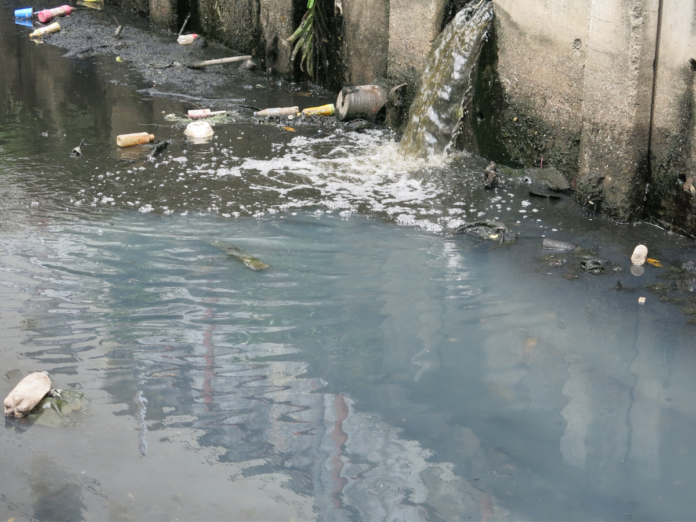Sewage backup is perhaps one of the most unpleasant things that homeowners can face. It happens when wastewater won’t drain or move away from your home sewer line, often due to obstructions. The problem usually begins in your main sewer system that connects to the municipal sanitary drain.
If the problem is an obstruction of some kind, this will cause wastewater to remain in your drain pipes until they get filled up. When this happens, the drain pipes could leak or even explode. Needless to say, sewage backup is one serious plumbing issue that has to be resolved right away because of the dangers, especially diseases, that it can bring.
Reasons for Sewage Backup
There are many reasons a sewage backup can take place and below are the most common:
- Tree root infiltration
- Blockages due to improper flushing etiquette
- Flooding
- Structural defects
- Extreme weather conditions
- Leaking or broken pipes
The Effects of Sewage Backups to Personal Health
Sewage (or septic tank wastewater) is brown-to-black-colored water that includes organic waste and wastewater from industries and residential households. This also contains human waste as well as industrial effluent, and all of these go down the drains and forward to the sewer lines. When this process gets disrupted, the result is sewage backup.
Regardless of the reason, sewage backup poses great risks to one’s health. According to the National Resources Defense Council (NRDC), approximately 3.5 million people are affected by sewage contamination each year, often resulting in illness.
As sewage water carries waste of various types, it’s not uncommon for these to house several bacteria-causing organisms.These include:
- Escherichia coli
More commonly known as E. coli, this bacteria can cause severe diarrhea, nausea, dehydration and stomach cramps. In severe cases, E.coli can lead to urinary tract infections, respiratory illness and pneumonia.
- Hepatitis A virus
Hepatitis A is a contagious disease that directly affects the liver. Its most common symptoms include liver infection, liver failure, jaundice and yellowish skin.
- Salmonella
A bacteria that causes an illness known as salmonellosis. Just like E. Coli, salmonella can cause diarrhea, abdominal cramps, and fever. Infection is quite common and in the US, this bacteria is reported to be the most common cause of many food-related sickness.
- Leptospirosis
This is a bacterial disease often spread by the urine of an infected animal. The urine can be carried by contaminated water and enters the body through an open wound. When infected, fever, chills, nausea, muscle pain, diarrhea, and rashes are the common
symptoms.
- Acanthamoeba
This microscopic amoeba often lives in soil and water. Although its rate of infection is rare, it can be severe as acanthamoeba can affect the eyes, throat, and ears. Just like leptospirosis, this bacteria can enter the body through skin wounds.
- Heliobacter Pylori
This bacterium is common in children and is known to cause peptic ulcers.
- Sewer gas
Although not a bacteria or a virus, sewer gas can also be added to the list of disease causing contaminants resulting from sewage backup. Long term exposure to this gas may cause loss of appetite, fatigue, or even memory problems.
As sewage backup can give rise to bacteria and viruses that carry a host of diseases, it’s important that precautions are observed, especially in the case of open wounds. These should be immediately treated and properly covered because when exposed to sewage water for a prolonged period, the condition can worsen.
Property Damage Resulting from Sewage Backups
Apart from the threat of diseases, property damage is one other risk that can result from sewage backup. Assessing the ruin can be difficult since some of your prized possessions may have to be thrown away completely to protect your family’s health.
Mattresses, leather goods, stuffed toys, and other similar items that have been drenched in water have to be discarded since these could already be carrying harmful bacteria. However, items like furniture and washable fabrics can still be saved but only after you wash them using chlorine bleach and then drying them up thoroughly.
Cleaning Up Post Sewage Backup
The cleanup process post sewage backup is one difficult and time-consuming job. Thus, it’s always recommended that this be left in the hands of professionals primarily
because of the serious health and safety hazards that often come with being exposed to sewage waste.
Key Takeaway
Exposure to sewage is dangerous because you could come into contact with a variety of diseases, some of which can either be life-threatening or cause you permanent injury. This is a major concern that homeowners have to deal with when their sewage lines refuse to work.
To reduce the dangers and risks associated with sewage backup, it is important to contact reputable sewage cleanup professionals as they have the experience and the tools to handle the threat of sewage backups effectively.





